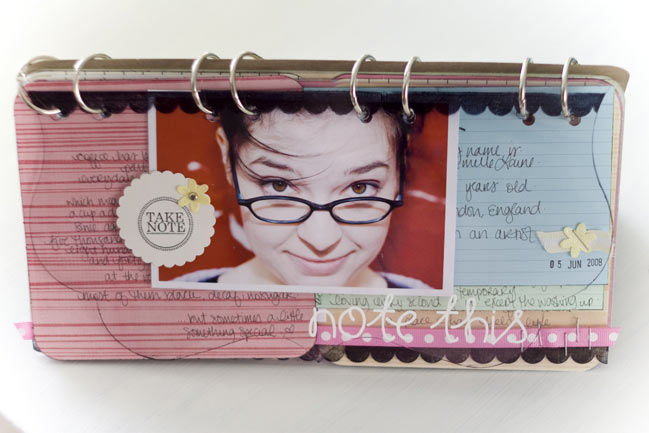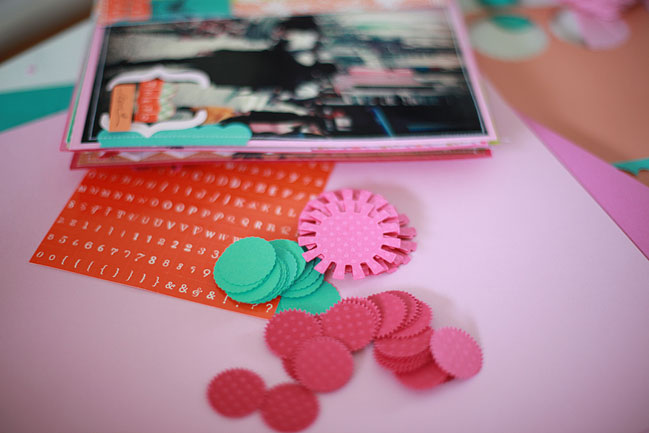Symbols, sales and challenges
I’ve just finished a short return to the world of teaching English to help a group get ready for their final exams and I promise I didn’t talk scrapbooking to them. But we did talk about colour—colour and its symbolism in the poems they had to study for their tests. They may have had the hard task of writing about symbolism and being graded for it…but as crafters we can just have the fun part: we can use colours as symbols, just like poets, without fear of being graded in any way. We’re making the rules, so that means we can break them too. Still, it’s interesting to think about the traditional meanings of the colours we see and use every day.
White stands for hope, innocence, surrender, peace, purity, brides, babies, communions and all things new.
Red symbolises both danger (like a warning sign) and help (like the Red Cross). It also represents both love and anger. Many cultures also identify red with happiness and prosperity. It’s one of the most dominant colours in product packaging and advertising…and it seems to have paid off rather well for Ferrari.
Green represents money to some and the environment to others. Lighter shades make us think of spring, planting and new life; darker shades look like winter pine needles. For many years it was labelled as a weak colour for advertising and rarely adopted by companies or campaigns, but in recent years eco-concerns and the success of the green branding of Starbucks Coffee, though completely unrelated, have seen this colour gain popularity in media.
Blue is a traditional colour of good luck and good health. Its richest shades were once reserved for the royalty and most wealthy, as the dyes were some of the most expensive.
Yellow has links to youth and energy on the positive side. Like red, it has some contradictions: its high visibility makes it a natural choice for warnings (rather than a care-free youth) and it commonly means someone looks rather ill (despite also aligning with energy like sunshine).

Today’s challenge is to use colour in a symbolic way on a card, layout or other craft project. Upload it before the end of the month and link it up in the comments – one lucky participant will win an art print for this challenge. Entries close at 11:59pm UK time on the 30th of June.
and….this weekend only:
Online Class Sale!!!
This weekend only, archived online classes are sale priced in the shop so you can catch a class you have missed before and access all the class materials so you can work through at your own pace. Purchase a class during the sale and you’ll receive all the details by email on or before Tuesday (9th June). This is a very rare thing in the shop, so take advantage while you can!
Happy weekend and happy colouring!
xlovesx
PS: No, I’m not too sure what is up with the dates displaying a day off. I’ll try to find a way to fix that when I am back home on Monday.
![]() Comment [8]
Comment [8]






































